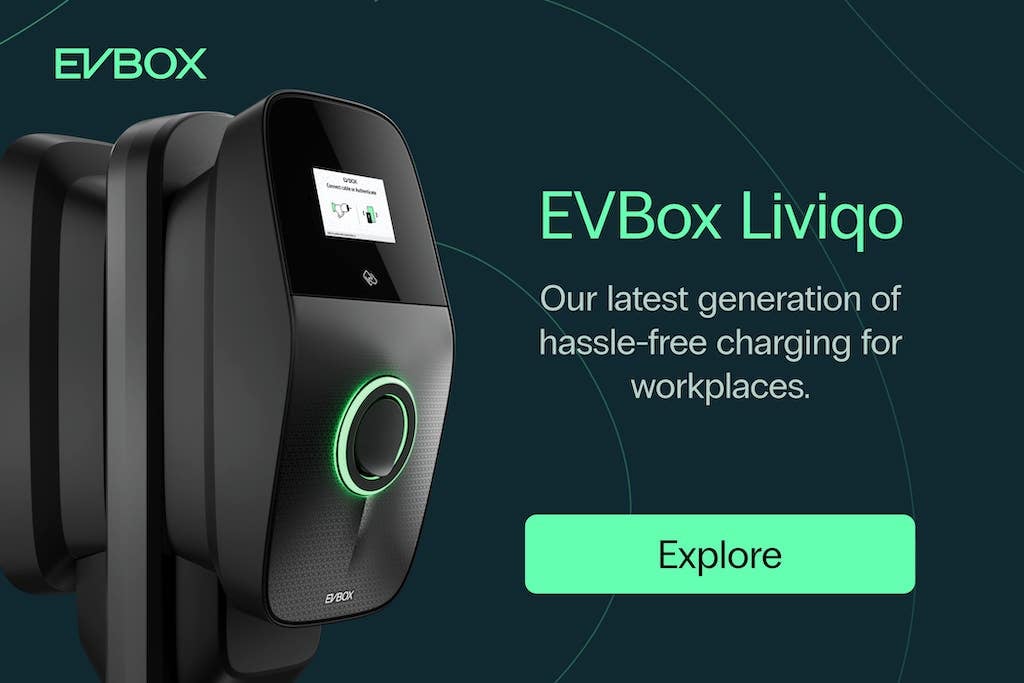
Regardless of the type or model of charger you choose (or how much one costs), installing EV charging stations is always a job for a qualified professional.
Installing electric vehicle (EV) charging stations at the workplace is not a one-size-fits-all situation, and the best charging solution depends on your location and its specifics. You'll need to:
- Conduct a detailed site assessment
- Evaluate your grid connection and capacity
After taking these steps, you can create a detailed planning and project timeline with your installer and have a better idea of installation costs.
These costs will depend greatly on your location and the type and amount of workplace EV chargers you choose, however, the average installation costs for AC workplace chargers are usually around 60-80% of the total upfront costs, if you're planning to install a bigger network of 5, 10, or 25 charging stations you could be looking at tens of thousands of Euros.
DC fast charging stations differ a lot in their installation requirements, so for the sake of this article, we’ll focus on AC charging stations.
The rise of workplace EV charging

Electric mobility is no longer a new trend, and you’re probably finding that many of your employees are now driving electric vehicles. Workplace EV chargers are not only a great way to offer a sought-after benefit to EV drivers, but they can also help attract and retain top talent, boost your organization’s sustainability efforts, and even be a source of revenue.
But if you’ve ever looked up how to install EV chargers at your workplace, you might have been left with more questions than answers. Between the range of preparations needed for your site, the installation itself, or how much it all costs, there are many variables that impact the installation process.
Let’s dive into the different aspects you’ll need to consider for installing workplace EV chargers and provide you with a clear overview of the process and estimated cost.
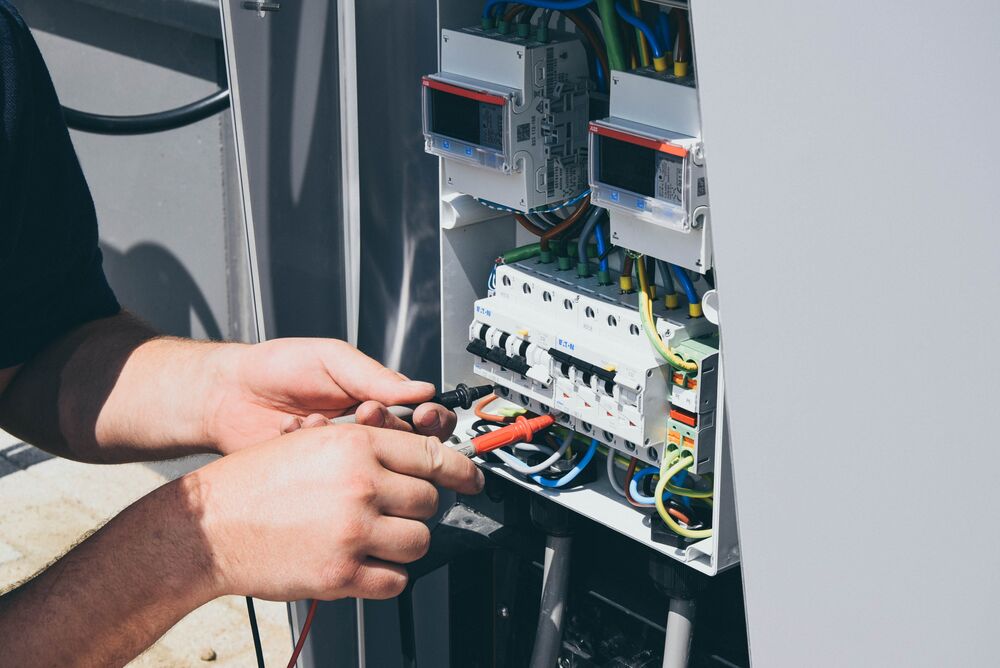
Can you install workplace EV chargers yourself?
No, you won’t be able to install EV chargers without help from a qualified installer.
Even the lowest-rated AC charging stations are high-powered electrical devices that can easily cause material damage or be dangerous if handled improperly.
Attempting to install them yourself, will also generally void the manufacturer’s warranty and can cancel eligibility for government grants, which can substantially lower the charger’s upfront cost. In some countries, for instance, France, it’s illegal to install an EV charger without the help of a qualified technician.
When investing in EV charging solutions, always ask if installation is included in the total upfront costs and handled by the company you purchase them from, if it isn’t, chances are they have a list of certified installers that can help you get the stations up and running.
Common installation challenges of workplace EV chargers
Installing EV chargers is not a one-size-fits-all solution and needs to be tailored to the specific requirements and constraints of your site.
Having a limited power capacity
For instance, in some cases, your workplace’s existing connection to the grid might not be able to handle the added load from EV charging without needing an upgrade, or you might be faced with limited space in your main electricity cabinet or meter box.

Underestimating connection possibilities for preferred charger locations
Sometimes the ideal location where you want to place the stations in your parking lot is not necessarily the most ideal location from a connection point of view.
You might have to consider the additional costs of laying cables from your electricity cabinet to the charging stations.
Overlooking the way the EV charging stations will be used
Please consider the way the chargers will operate. For instance, if the charging stations are planned to be used simultaneously, you should consider how you can balance the loads from each station to ensure they don’t overload your building’s power supply.
Next to this, you might want to differentiate access and fees for different users. For example, are you planning to offer charging as an employee benefit? do you want visitors or customers to have access to the station as well?
It's a good idea to establish your company's charging strategy before installing the actual charging stations.

Luckily many modern AC EV charging stations are a lot more than just a piece of hardware and due to a range of connectivity and smart charging features, there’s a lot more possible than you may think.
In this REVOLUTION Podcast episode, we spoke to Niklas Enkvist, Business development director at UTU OY, and asked him about the software side of EV charging stations.
How to install a workplace EV charging station?
Let’s have a look below at the main steps in the installation process of workplace EV charging stations.
1. Conduct a detailed site assessment
Before deciding what type or how many workplace charging stations to install, it’s a good idea to have a certified electrician assess your location to help you understand its specifics, and how that will impact installation.
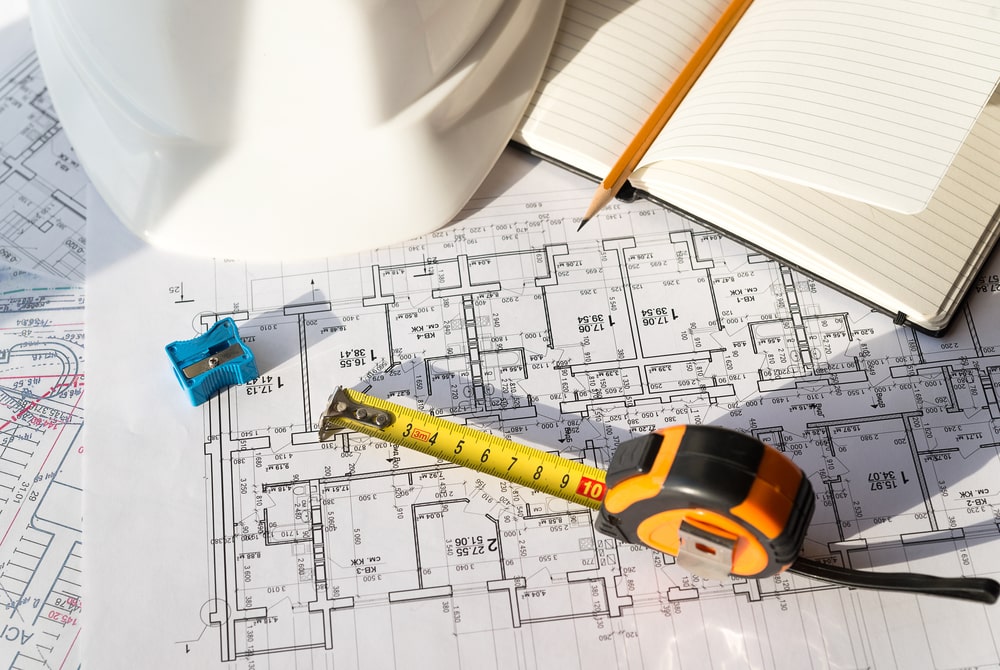
This includes the charging stations’ planned location and a broader consideration of your building’s electrical system. For example, you’ll want to factor in any ground works, cable laying, and electrical cabinet adaptations needed to support the chargers.
It’s also worth thinking ahead and considering how your organization’s EV charging needs will evolve to ensure your installation is future-proof and easily scalable.
This can mean considering how employee EV ownership and demand for charging is likely to grow, and practical aspects, for example, how easy it will be to add charging stations in the future.
2. Evaluating your grid connection
One of the main factors that will impact your EV charging installation is the capacity of your building’s connection to the power grid. A typical AC charging station uses anywhere between 7.4 to 22 kilowatts (kW) – for comparison, that’s the equivalent of 53 to 157 typical desktop computers or about 148 to 440 laptops.

Given the load EV charging adds to your building’s electrical circuit, it’s essential to understand how much spare capacity you have, and what upgrades are needed to make sure EV chargers won’t overload your circuit.
But having 10 AC charging stations with a maximum power output of, for example, 11kW doesn’t mean you need to utilize the full power of all charging stations at all times.
Linda Grave, CEO of EV Driver, explained the value of load balancing in this REVOLUTION Podcast episode.
Smart charging features, such as load balancing, can optimize EV charging stations’ energy use and intelligently distribute the available capacity among them.
Besides load balancing, there are other ways of optimizing your charging station’s energy consumption.
In this insightful episode of our REVOLUTION Podcast, Hanno Klausmeier, Director of SAP Labs France, explained how he applied four out-of-the-box measures to acquire sufficient grid connection capacity at his workplace location (without requesting more grid capacity from the utility company).
How long does it take to install workplace EV charging stations?
When it comes to actually installing an EV charger, the process is a little more complicated than simply plugging the charging stations into the nearest outlet.
How long installation will take depends greatly on your site’s complexity and the scale of the work, but can take anywhere from a few days to multiple weeks or, in some cases, even months.
To understand how long the installation process will take, ask your technician to provide you with an estimated timeline, including details of what will be worked on at each stage, to ensure you can plan accordingly and minimize potential disruption to your workplace.
What are the installation costs for workplace EV chargers?
One of the most important considerations is of course cost, especially considering that installation typically makes up 60 to 80 percent of the total costs of workplace EV charging.
As a ballpark estimation, installing 10 AC workplace chargers in the EU will cost roughly €15,000. Labor accounts for €8,000 and the remaining €7,000 will be spent on electronic components like wires, switches, and circuit breakers.
How much a charging station costs to install exactly varies greatly on the type of charger, the complexity of the installation, your location, and regional factors such as wages, legislation, and any government incentives.
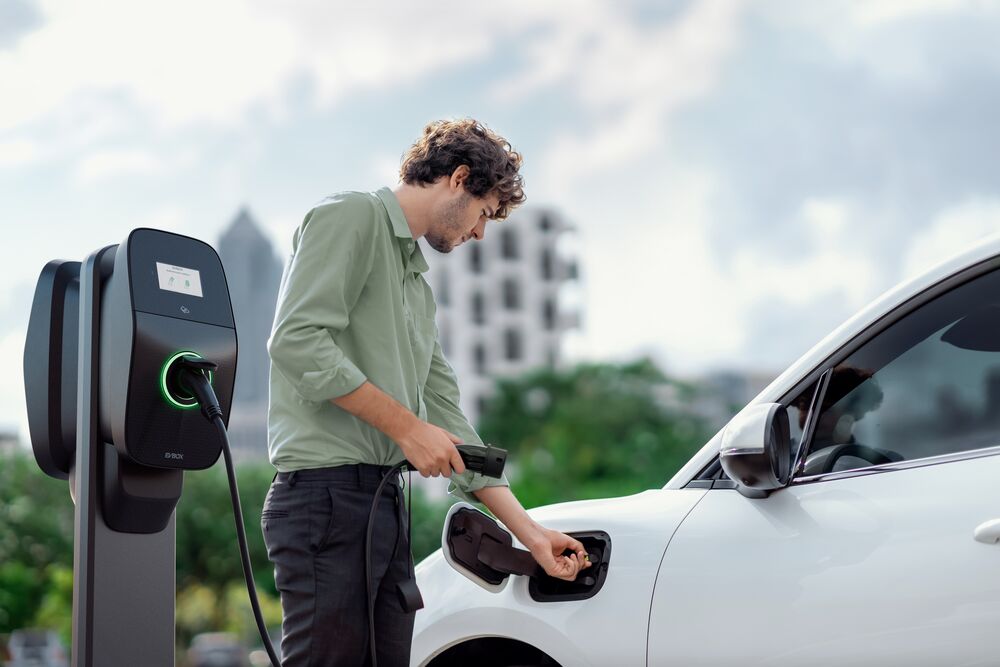
Getting started with workplace EV charging
Installing EV charging stations at your workplace can often be more complex than it may seem at first sight, luckily smart charging solutions, such as load balancing and connectivity features can help solve –or even prevent– a lot of challenges.
EV charging stations and installation services are not created equal. So, in any case, planning accordingly and considering the factors described in this article can ensure a smooth, streamlined process and prevent unpleasant surprises.
Meet EVBox Liviqo - Hassle-free charging that works for your business
If you’re looking to install EV charging stations at your location, take a look at our latest EV charging solution, the EVBox Liviqo, as it is specifically designed to offer hassle-free charging at the workplace, is easily scalable, smart, connected, and it will help you tackle the most common installation challenges addressed in this article.
Related articles

EV charging load management and the importance of cluster load balancing
Electric vehicle (EV) charging stations can add a substantial load onto your building’s power supply, often requiring...

How to install EV chargers at the workplace?
Regardless of the type or model of charger you choose (or how much one costs), installing EV charging stations is...
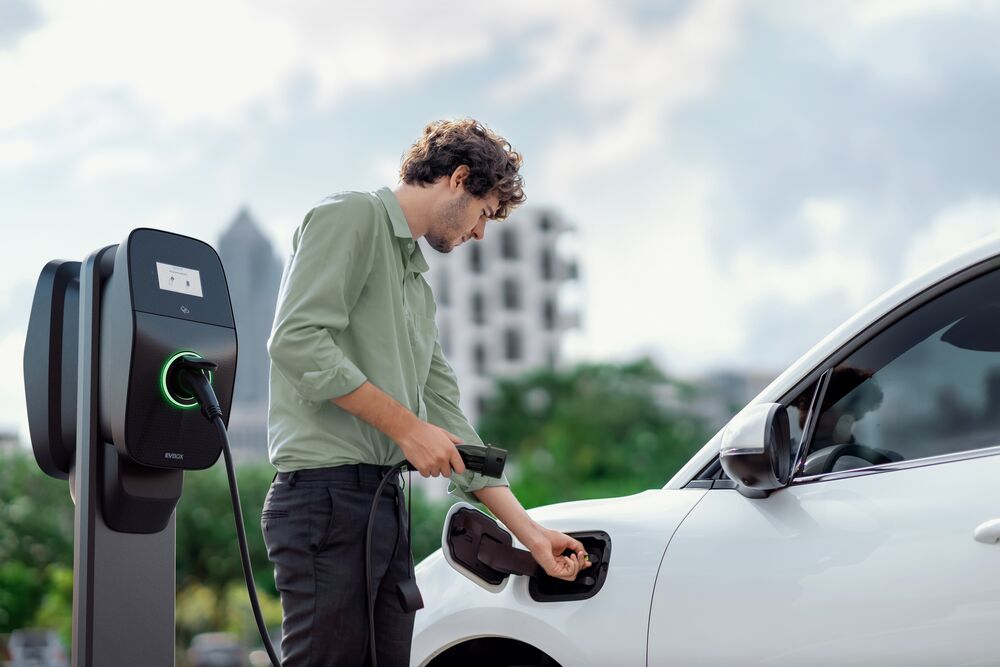
What do workplace EV chargers cost?
On average, AC workplace EV chargers tend to cost around €1,300 per charge port (excluding installation costs)....
